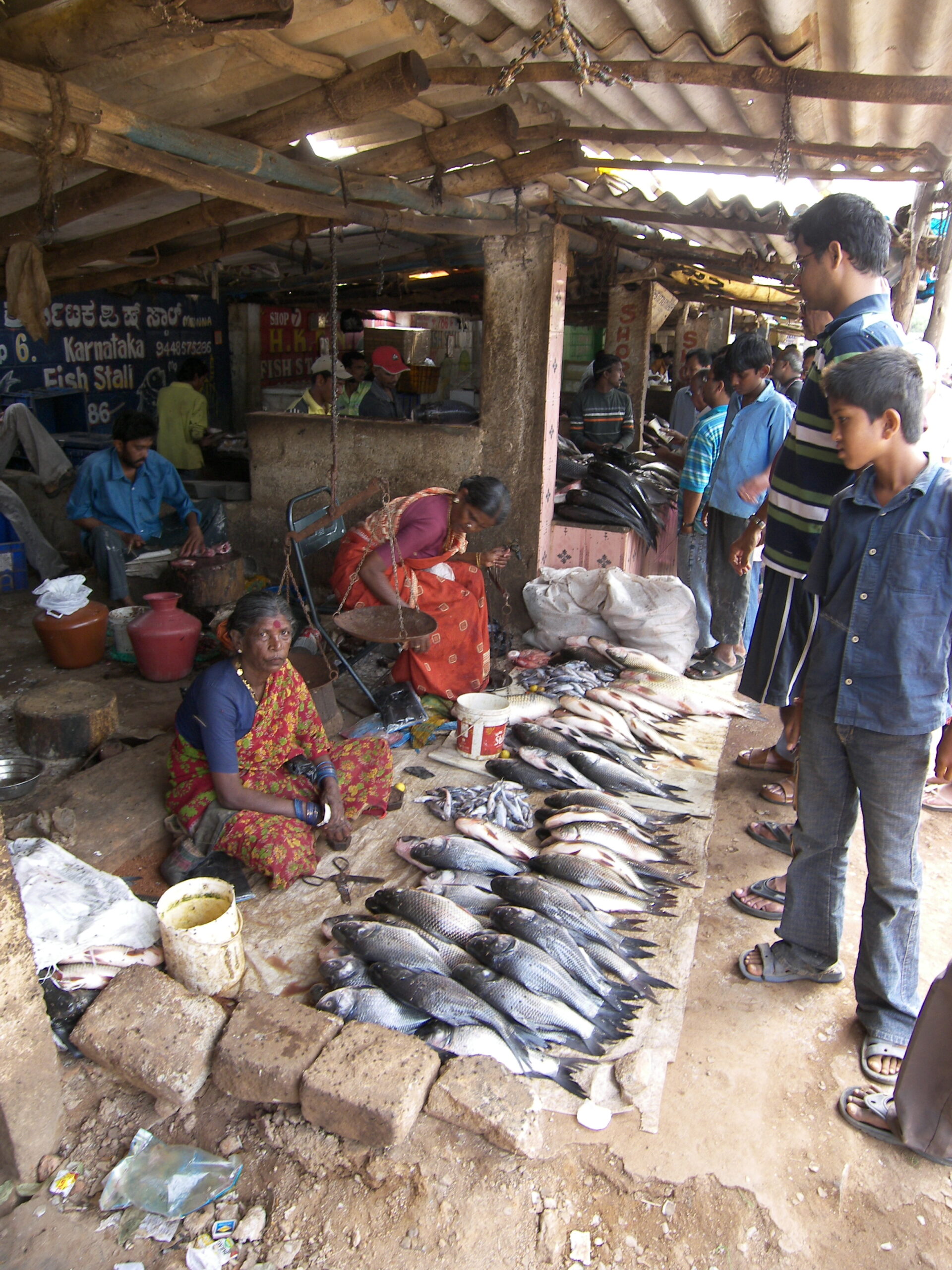Parents’ Ultimate Guide to the Fishery Market
Embarking on a sea-mazing journey into the world of seafood!
Introduction
Ahoy there, sea-loving parents! Are you looking to hook some delectable and nutritious seafood for your little crew but find yourself lost in the deep blue sea of the fishery market choices? Fear not! In this guide, we’ll sail through tips and trawls to help you navigate the bustling waves of fish markets, ensuring you bring home the healthiest and tastiest bounty from the sea.
Why Seafood is a Smart Choice for Families
Your little guppies need a boatload of nutrients to grow, and seafood is swimming with omega-3 fatty acids, proteins, vitamins, and minerals! Omega-3s are essential for brain development, and incorporating fish into your family’s diet can be a delightful way to ensure those bright minds flourish.
Finding the Freshest Catch
Freshness is the captain of the ship when it comes to seafood, and learning how to spot the freshest fish at the market can make all the difference in both taste and nutrition. Here’s your treasure map to the freshest catch:
- Eyes: Look for fish with clear, bright eyes. Cloudy eyes often signal the fish has been out of the water for a while.
- Skin and Scales: Shiny skin and firmly attached, glossy scales are hallmarks of freshness.
- Smell: Fresh fish should smell like the ocean, not ‘fishy’ or ammonia-like.
- Gills: They should be a vibrant red. Dull or darkened gills are a no-go.
- Flesh: Give the fish a gentle poke. It should be firm, and the flesh should bounce right back.
Don’t be shy to chat up your fishmonger, the trusty custodian of the seas’ jewels. They’re a goldmine of information and typically more than happy to share the lore of the sea’s bounty with interested patrons.
Understanding Sustainability
In today’s world, sustainability is not just a buzzword; it’s a hearty commitment to the Earth’s future and the legacy we leave for our little ones. Choosing sustainable seafood ensures the oceans remain abundant and healthy, providing food and livelihoods for generations to come. A simple rule of thumb is to check for eco-labels and certifications or to consult seafood guides such as Monterey Bay Aquarium’s Seafood Watch or the Marine Stewardship Council. These resources will help you steer clear of overfished or environmentally harmful options.
Seaworthy Recipes and Preparation Tips
Once you’ve cast your net and caught the perfect ingredients, it’s time to turn them into a feast fit for your maritime munchkins. Stay tuned, as we will dive deep into simple, kid-friendly recipes that will have your family sailing back to the dinner table night after night.
From the wonders of the wet market to the secrets of the seafood aisle, we’re on this journey together, navigating towards a healthier family lifestyle. So grab your gear—we’re casting off into the boundless ocean of the fishery market, making waves of wholesome habits!
Navigating the fishery market doesn’t have to feel like steering through stormy seas. With a couple of tips and some newfound knowledge, you’ll be a confident captain in no time, bringing a treasure trove of healthy seafood to your family’s table.

5 Things Parents Should Know in Preparing for the Fishery Market
Preparing for a trip to the fishery market? Here are five nuggets of knowledge to ready you for this adventurous endeavor:
- Seasonality Matters: Just like fruits and veggies, fish have seasons too! Understanding what’s in season will lead you to the freshest options, and often, at better prices. Do a bit of research or ask your local fishmonger about what’s currently the catch of the day.
- Equip Yourself with Knowledge: It’s helpful to have a basic understanding of different fish types and their flavors. Knowing whether your family prefers mild white fish like tilapia, flavorful salmon, or the firm texture of tuna, will make your market trip more focused and fruitful.
- Plan Your Storage: Seafood often requires quick consumption or proper storage. Have a cooler or ice packs ready for the trip home, especially if you have a bit of a drive. Fast refrigeration keeps seafood fresh and safe to eat.
- Understanding Labels and Terms: Confused by terms like ‘wild-caught’ or ‘farmed’? Each has its benefits and considerations. Wild-caught often signifies a more natural diet and environment, whereas farmed fish can be more affordable and sometimes more sustainable. Knowing the implications of these labels can guide you to make the best choice for your family.
- Engage in the Art of Bargaining: If you’re visiting a traditional fish market, haggling over price can be part of the experience! It’s a beneficial skill to have to get the best deal, just remember to do so respectfully and acknowledge the value of the vendor’s work.
The fishery market is an ocean of possibility that’s not only about buying seafood but about the experience and education that comes with it. Get your little ones involved too! It can be a fantastic opportunity for them to learn about where their food comes from, all while picking up some maritime facts along the way.
For more great articles please see here. For more information see here
Disclaimer
The articles available via our website provide general information only and we strongly urge readers to exercise caution and conduct their own thorough research and fact-checking. The information presented should not be taken as absolute truth, and, to the maximum extent permitted by law, we will not be held liable for any inaccuracies or errors in the content. It is essential for individuals to independently verify and validate the information before making any decisions or taking any actions based on the articles.




